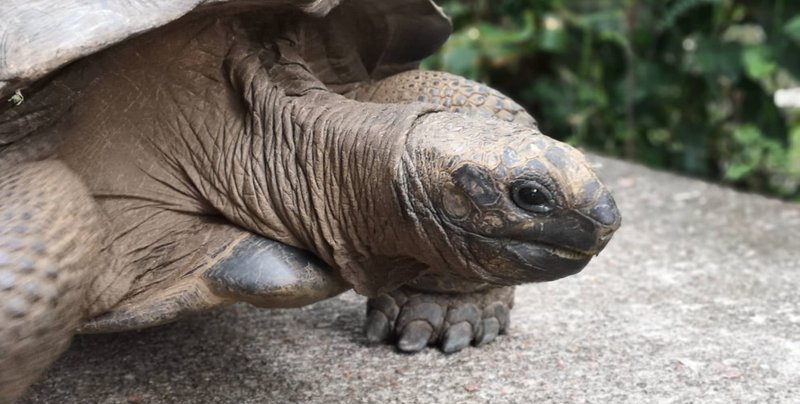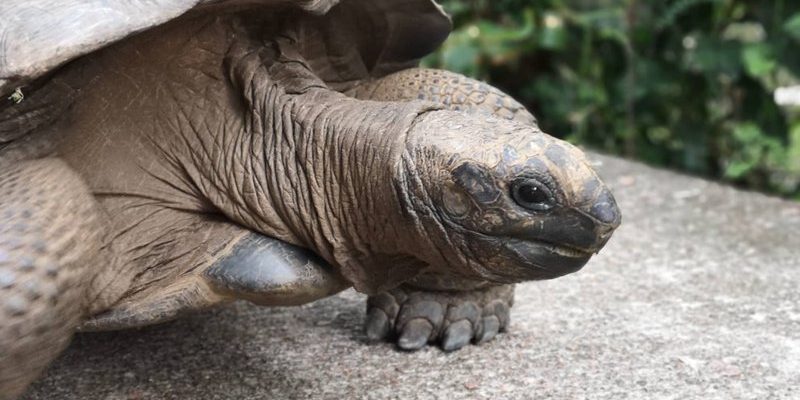
Tortoises are fascinating creatures that play essential roles in their ecosystems. They help maintain healthy landscapes, from dispersing seeds to creating burrows that other animals can use. Sadly, human activity—like habitat destruction, pollution, and poaching—puts many tortoise species in jeopardy. In this article, let’s dive deeper into whether tortoises are truly endangered and the conservation efforts in place to protect them.
Understanding Tortoise Endangerment
To grasp how endangered tortoises are, we first need to know what endangerment really means. When a species is classified as endangered, it’s facing a high risk of extinction in the wild. This classification often comes from assessments made by organizations like the International Union for Conservation of Nature (IUCN). Tortoises have found themselves on the endangered list for numerous reasons, primarily due to human impact.
You might be wondering, “What exactly puts tortoises at risk?” The most significant threats include habitat loss, climate change, illegal pet trade, and competition with invasive species. These factors not only reduce tortoise populations but also disrupt their natural behaviors. For instance, when their habitats are destroyed for urban development, tortoises have nowhere to go, and their survival becomes increasingly precarious.
In some regions, like the Galápagos Islands, certain tortoise species have seen their numbers plummet. The Galápagos giant tortoise, once abundant, is now struggling to rebound due to invasive species like goats, which eat the plants that tortoises rely on. Conservationists and scientists work tirelessly to address these issues, but the road ahead is challenging.
Types of Endangered Tortoises
Several tortoise species are currently classified as endangered or critically endangered. Let’s take a closer look at a few notable examples:
- Galápagos Tortoise: Once believed to be extinct, conservation efforts have helped boost its population, but it’s still considered vulnerable, with an estimated 20,000 individuals left.
- Hawksbill Sea Turtle: Although it’s technically a turtle, this beautiful creature is often grouped with tortoises. It’s critically endangered due to illegal trade for its shell.
- Indian Star Tortoise: Native to India and Sri Lanka, this tortoise is small but highly sought after in the pet trade, leading to significant population declines.
Each of these species faces unique challenges, and they serve as examples of how diverse the risks of endangerment can be. Understanding the specific threats each of these tortoises faces can inform more effective conservation strategies.
The Role of Conservation Organizations
Conservation organizations play a vital role in protecting endangered tortoises. They work on multiple fronts to address the challenges these animals face. From habitat restoration to anti-poaching initiatives, these organizations are at the forefront of conservation efforts.
Let me explain a few ways these groups are making a difference:
1. Habitat Protection: Many organizations focus on preserving and restoring habitats where tortoises live. This might involve replanting native vegetation or creating protected areas to shield tortoises from human encroachment.
2. Education and Awareness: Raising awareness about the plight of tortoises is essential. Conservation groups often run educational programs to teach communities about the ecological importance of tortoises and how to coexist with them.
3. Legal Protection: Advocacy for stronger laws and regulations can help protect tortoises from poaching and illegal trade. This is a crucial step in ensuring their survival.
4. Research and Monitoring: Ongoing research helps scientists understand tortoise behavior, health, and habitat needs. Regular monitoring of populations helps track progress and adapt strategies as needed.
Overall, these organizations are essential allies in the fight to save tortoises from extinction.
How You Can Help Tortoise Conservation
You might be thinking, “What can I do to help tortoises?” The good news is that there are plenty of ways individuals can contribute to tortoise conservation efforts, no matter where you live. Here are a few actions you can take:
- Support Conservation Organizations: Consider donating to or volunteering with organizations dedicated to tortoise conservation. Your support can make a significant difference.
- Educate Others: Share information about tortoise conservation with friends and family. Raising awareness is critical for building support for these efforts.
- Advocate for Policy Change: Support policies and legislation that protect wildlife and their habitats. Contact your local representatives to express your views.
- Make Sustainable Choices: Being conscious of your environmental footprint can have a far-reaching impact. Avoid products that harm natural habitats, and choose sustainable options whenever possible.
Every little action adds up, and collectively, we can create a wave of positive change for these amazing creatures.
Success Stories in Tortoise Conservation
It’s not all doom and gloom in the world of tortoise conservation. There have been some inspiring success stories that remind us how important these efforts can be. For instance, the Galápagos tortoise population, once dwindling, has seen a resurgence thanks to focused conservation tactics. Programs that involve captive breeding and habitat protection have helped raise their numbers significantly.
Another success story comes from the Mauritius Islands, where the Aldabra tortoise population was once nearly wiped out. Through dedicated conservation efforts, including habitat management and breeding programs, the tortoise population is now stable and thriving. These examples show that when people come together with a clear goal, real change is possible.
The Future of Tortoises
Looking ahead, the future of tortoises still hangs in the balance, but there’s hope. With ongoing conservation efforts, increasing awareness, and engagement from communities, we can make a significant impact. The key is to maintain momentum and remember how vital these ancient creatures are to our planet.
Let’s keep the conversation going. By staying informed and supporting one another, we can protect tortoises and help ensure their survival for generations to come. After all, a world without tortoises would be a tad less interesting and beautiful, wouldn’t it?
In the grand scheme of things, every action counts. Whether it’s through advocacy, education, or simply spreading awareness, we each have a role to play in safeguarding tortoises and their habitats. Let’s embark on this journey together, one slow and steady step at a time.

